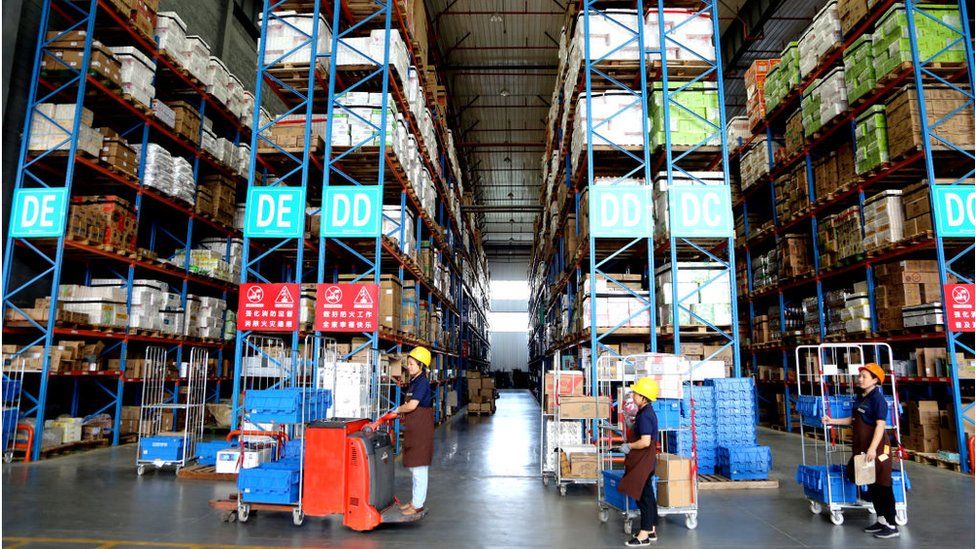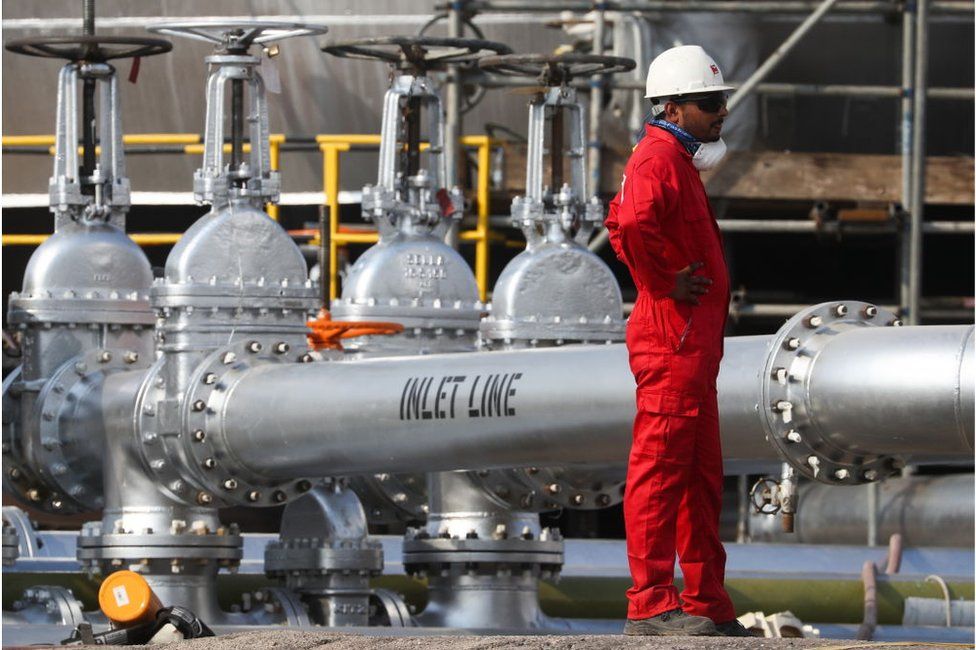
“The primary challenge facing humanity is climate change. UK government policy must acknowledge that the primary challenge is not about ‘building back’ focusing on developing a revised economy that will be ‘better’ in some general way, but on decarbonising lifestyles. This process of decarbonising lifestyles will destroy jobs and firms but will create new opportunities. Our lifestyles must change including major alterations in the ways in which we consume.”
John R. Bryson, Professor of Enterprise and Economic Geography, University of Birmingham,
There is no question that climate change is the most important challenge facing this planet. On 3 March 2021, Rishi Sunak, the UK Chancellor of the Exchequer, will present the 2021 budget. This will be an extraordinary budget for extraordinary times. The pre-budget media discussions commenced late last year, but there have been silent voices including those of Greta Thunberg and Sir David Attenborough. Next week, when you reflect on the budget, I would encourage you to consider how Thunberg and Attenborough would have used this political moment to shape a new national trajectory towards a decarbonised future.
All nation-states continue to grapple with the COVID-19 pandemic. The focus continues to be on reducing cases and transmission, vaccination and protecting the most vulnerable, health services and social care, education, childcare and protecting the economy. Over the medium term, a primary policy objective is to keep COVID-19 case numbers as low as possible once the current outbreak has been suppressed.
The March budget needs to set the tone for this government’s approach to balancing policy interventions intended to temper the impacts of COVID-19 on liveability and livelihoods with fiscal sustainability combined with addressing major global societal challenges including decarbonization. The UK economy will not return to as it was prior to the pandemic. There have been permanent changes in the labour market that reflect alterations in the ways in which goods and services are produced, traded, and consumed. These alterations will impact on everyone and transform national finances.
COVID-19 has destroyed jobs, firms, and lives, but the destructive impact of this pandemic will be nothing compared to climate change. Climate change will destroy cities, countries, businesses, and there will be increases in mortality and morbidity rates. One of the COVID-19 recovery mantras is based around the expression ‘build back better’. This approach was developed in 2015 by the United Nations as a crisis response strategy focussing on “integrating disaster risk reduction measures into the restoration of physical infrastructure and societal systems” (United Nations, 2017: 6). The emphasis was on recovery, rehabilitation, and reconstruction.
This three ‘B’ approach is dangerous as it is too general. Everyone will define ‘better’ in their own terms. Thus, the UK Build Back Better Campaign defines ‘better’ in terms of protecting public services, tackling inequalities in communities, provide well-paid jobs and creating a shockproof economy which can fight the climate crisis. This is all very well, but the primary challenge facing humanity is climate change. UK government policy must acknowledge that the primary challenge is not about ‘building back’ focusing on developing a revised economy that will be ‘better’ in some general way, but on decarbonising lifestyles. This process of decarbonising lifestyles will destroy jobs and firms but will create new opportunities. Our lifestyles must change including major alterations in the ways in which we consume.
New approaches must be developed based on taxation innovation driving alterations in lifestyles and business behaviour. For example, there are taxation solutions to the demise of high street retailing. These include replacing a property tax (business rates) with a sales tax and developing a taxation approach to forcing owners of retail properties to adopt turnover-based rents.
The key question is to consider the implications for Rishi Sunak as his team prepares for the 3 March 2021 Budget. There are three points to consider.
First, the UK government needs to raise revenue, and this will be a continuing challenge for this government and the next. Any increase must be staggered; a crisis is not the time to raise taxes. Over the short-term this will include increases in the corporation tax rate from its current 19%. Over the medium-term it will include increases in VAT and in personal taxation, but ideally these increases must be targeted at carbon-intensive activities, including lifestyles.
Second, the chancellor must continue to support companies and households as they experience the direct impacts of COVID-19. There will be an extension to current government COVID-19 support measures including the furlough scheme, the VAT cut for the hospitality and tourism sectors, the business rates holiday, and the temporary uplift to Universal Credit. The impact of the pandemic on government finances suggests that spending on these support measures will need to taper as the economy begins to recover.
Third, there is a danger that the COVID-19 support measures may be encouraging firms to continue to maintain current business models, products, and services. There needs to be a rapid shift towards products and services that support decarbonised lifestyles and that respond to some of the permanent alterations in labour markets and lifestyles that have emerged with COVID-19. Government policy, including taxation, must be developed that forces companies to innovate to support decarbonisation and to discourage carbon-intensive lifestyles.
The March 2021 budget must focus on the current crisis, but now is the time not to build back better, but to develop an effective cross-party approach to decarbonising our futures. This will require disruptive innovation and radical changes to everyday living.
One can only hope that the March budget places climate change at the centre of the political agenda. The danger is that talk about addressing climate change displaces action. Developing a climate change informed approach to taxation is an excellent starting point. The key question is: how far the March 2021 budget goes towards achieving this?
Source Eco News AU




















